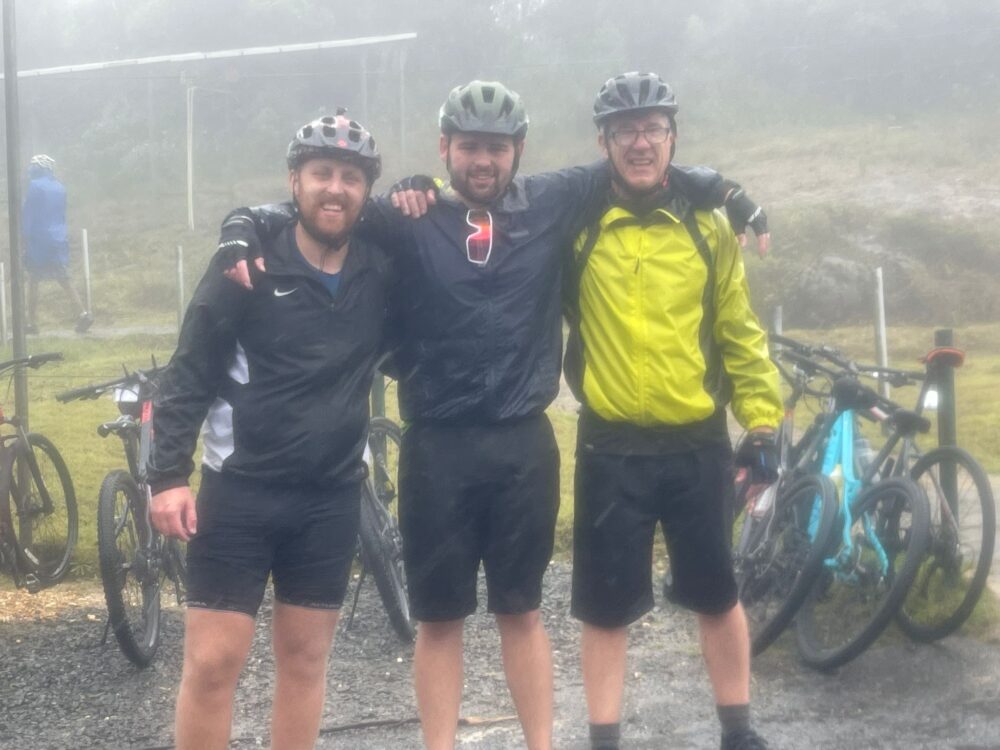
Features
14 interesting facts you may not know about the Mersey Tunnels
4 years ago

Gateways linking the city and the Wirral, around 90,000 vehicles drive through the Mersey Tunnels on any average day.
The two passageways are incredible feats of engineering, providing road access deep beneath the River Mersey.
And while you probably know it costs £1.80 for a car to travel through, and you’ve maybe heard that the Kingsway Tunnel – or the Wallasey Tunnel – was 50 this year, there’s loads of things you might not know…
Here’s 14 of them:
1. The first road tunnel was the Queensway Tunnel and goes between Liverpool and Birkenhead. Locally, it is known as the Birkenhead Tunnel or old tunnel to mark it out from the newer Kingsway Tunnel which serves Wallasey and the M53 motorway traffic.

2. Construction of the Queensway Tunnel started in 1925, to a design by consulting engineer Sir Basil Mott, and was built by Edmund Nuttall Ltd.
3. It was opened on July 18, 1934, by King George V in a ceremony watched by 200,000 people – not surprisingly since it was known then as the ‘eighth wonder of the world’.

Credit: Philip Brookes
4. At the time it was opened, the Queensway tunnel was the longest road tunnel in the world – a title it held for 14 years before it was overtaken by the Vielha Tunnel in Catalonia, Spain.
5. Queensway tunnel cost £8m to build.
6. An increase in post-war traffic meant the Queensway tunnel struggled to cope, so it was decided a second would be created. Work began on the Kingsway Tunnel between Liverpool and Wallasey in 1966 by Edmund Nuttall Ltd., who also constructed the Liver Building. It took five years to complete and was officially opened by HM The Queen on June 24, 1971 (the approach on the Wirral side took over the old Seacombe train line).

Credit: Philip Brookes
7. The Queensway Tunnel is 2.01 miles long and has a single carriageway of four lanes, two in each direction. The Kingsway Tunnel has identical twin tubes, each with two lanes, and is 3.7 miles long on either side.
8. There’s a closed Mersey Tunnel – the Rendel Street branch in the Birkenhead tunnel was shut in 1965 but survives as an emergency route and film set.

Credit: Philip Brookes
9. Some of the material excavated from the Birkenhead tunnel was used to build Otterspool Prom.
10. The dig for the Birkenhead tunnel started in a surviving portion of the Old George’s Dock at the Pier Head.
11. It was dangerous work excavating hundreds of thousands of tonnes of rock, gravel and clay. Seventeen men lost their lives during construction of the Queensway Tunnel, while eight men died building the Kingsway Tunnel.
12. In 2004 work began on seven emergency refuges below the road deck of the Queensway Tunnel, each capable of holding 180 people, as part of a £9 million project to bring it into line with the highest European safety standards. Each refuge is 69ft (21 metres) long and has fire resistant doors, ramps for wheelchair access, a supply of bottled water, a toilet, and a video link to the Mersey Tunnels Police control room.

13. Lights, camera – action! In September 2009, a scene from Harry Potter and the Deathly Hallows – Part 1, set in the Dartford Crossing, was filmed in Queensway tunnel. Hagrid is seen in his flying motorbike with the world’s most famous wizard in the sidecar. Fleeing Voldemort and his Death Eaters, they take a detour through the Mersey tunnel narrowly missing the oncoming traffic.
In 2012 it was used for a chase scene in Fast & Furious 6 and, in March 2018, the tunnel was used for the filming of Yesterday, directed by Danny Boyle.

14. The huge mechanical boring machine which cut through the ground from Wallasey to Liverpool when the Kingsway Tunnel was built was given the nickname of ‘The Mersey Mole’.
Featured Queensqway Tunnel Image Credit: Philip Brookes
Featured Kingsway Tunnel Image Credit: ddjunti









 Subscribe
Subscribe Follow Us
Follow Us Follow Us
Follow Us Follow Us
Follow Us Follow Us
Follow Us Follow Us
Follow Us











